 US airport authorities are testing "checkpoint lanes" designed to reduce security screening delays.
US airport authorities are testing "checkpoint lanes" designed to reduce security screening delays.
In experiments at Denver International and Salt Lake City Airports, the Transportation Security Administration (TSA) is examining whether passengers voluntarily split themselves down into separate queues dependent on their travel status.
At these two airports, there are three separate security "checkpoint lanes" - one each for families, business travellers and so-called 'casual' (or infrequent) travellers.
Signs at the security checkpoints inform the passengers there are three separate lanes - with black diamonds designating those lanes for business travellers, blue squares for casual travellers and green circles for families.
The system is entirely voluntary. Passengers are not forced to join the specific lane, with officials leaving it to the discretion of the travellers themselves.
The level of security screening in each lane is identical.
The experiments began in February, and although the Denver test is due to conclude this week the TSA says the system at Salt Lake City is likely to continue "indefinitely".
Airport Security Lanes 'Ease Delays'
The TSA believes introducing the 3-lane system can help speed up the security checks process and reduce delays.
The organisation says that having business travellers go into one lane - who, it is argued, are more familiar with what is required of them at a security checkpoint - means the queues will reduce, and frustration among passengers at security screening delays could decline.
Earl Morris, who is TSA's representative at Salt Lake City, said: "The principle is a good one, and I think it will be very effective in airports that want to roll it out".
Certainly, TSA officials at the two airports believe efficiency has increased since the lanes were introduced.
Morris commented that peak-time delays have eased, with 12 minute delays for business travellers and 14 minutes for the other two lanes.
Dave Bassett, the TSA boss at Denver, added: "We've been able to more successfully manage expectations. A passenger can think, 'If I've got one bag, I should be able to get through a little faster.'" It's calmed things down".
The US media also reports that passengers using Denver and Salt Lake City felt as though the system was better.
Several business travellers told USA Today, for example, that having a dedicated security lane has helped speed up the process, with one saying "it is more convenient and significantly faster".
Families also said the lane concept was better. Tovah Hansen, for instance, commented: "[It is] easier, and people behind us wouldn't get frustrated. I don't want to inconvenience anyone else".
For their part, airport authorities and the airlines are also in favour of the plans. A big debate in the US civil aviation industry currently concerns ways of improving customer service and reducing delays across all aspects of operations.
'Problems' With Airport Security Lanes
The TSA admitted the Denver and Salt Lake City tests showed there were some problems with the scheme.
Officials say passengers did not see the posters informing them the lane system was operating. Dave Bassett, TSA's boss at Denver, said: "it does take some explanation at times. If you're coming through there for the first time, people are asking questions".
Since the system is only voluntary, TSA officials also acknowledged there is a danger of passengers simply choosing the lane that has the smallest queue.
However, they believe that with wider information about the lane system these problems would reduce and passengers over time would choose the correct lane.
The TSA have said that the success of the trials at Denver and Salt Lake City could lead to a wider roll-out of the secuity lane programme at other US airports.
Source - Airport International's US Correspondent
 US airport authorities are testing "checkpoint lanes" designed to reduce security screening delays.
US airport authorities are testing "checkpoint lanes" designed to reduce security screening delays.
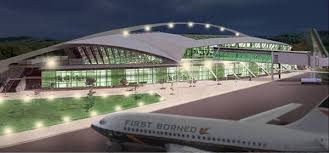
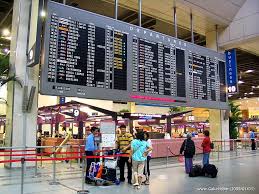

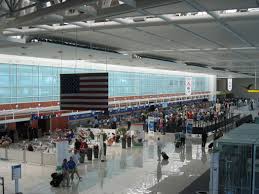

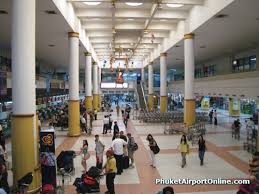
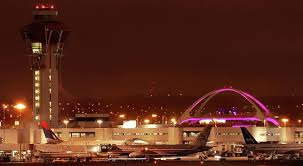
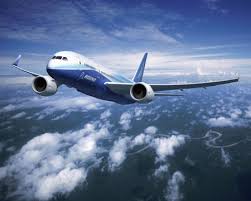
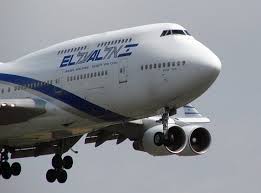
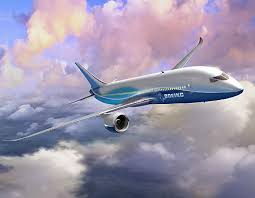



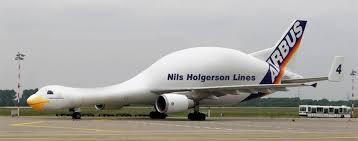
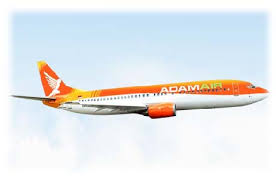
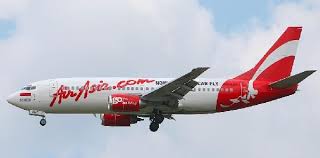
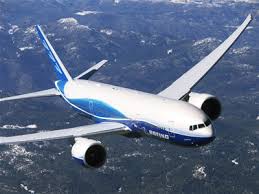

No comments:
Post a Comment